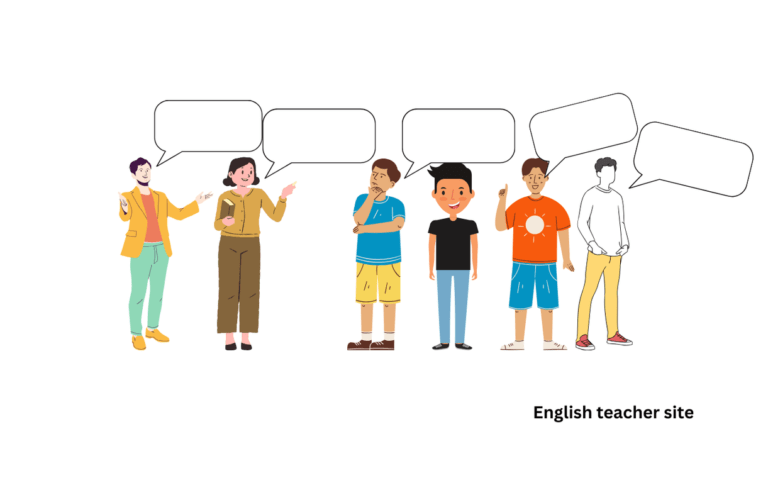What is an Idiom: List of 10 Popular English Idioms Explained

- Idioms enrich English with expressions carrying meanings beyond the literal.
- The understanding of common idioms is crucial for language fluency.
- A collection of 50 popular idioms serves as a practical introduction to idiomatic mastery.
Idioms are more than just linguistic oddities—they embody the wit, wisdom, and humor of the language. Learning idioms is not only essential for fluency but also provides insight into the collective psyche of English-speaking communities. With thousands of idiomatic expressions in use, understanding even the most common idioms can be a gateway to more effective communication and a deeper appreciation of English literature, media, and everyday conversation.
What Is an Idiom?
An idiom is a phrase or expression whose meaning is not predictable from the usual meanings of its constituent elements. Idioms play a significant role in language by providing a figurative meaning that is usually understood by native speakers within a cultural context. These phrases are common in everyday conversation and writing.
Idioms often consist of a grouping of words that have a meaning that is different from the meanings of the individual words themselves. For example, when someone is “feeling under the weather,” they are not literally beneath any climate condition, but rather, they are feeling ill.
| Common Examples of Idioms | Explanation |
|---|---|
| Kick the bucket | To pass away |
| Break the ice | To initiate a conversation |
| Hit the nail on the head | To describe exactly what is causing a situation or problem |
| See eye to eye | To agree |
| Spill the beans | To reveal a secret |
Idioms enrich the English language by adding color and personality. They can often convey meanings more vividly than literal language. Understanding idioms is crucial for language learners as it not only helps them comprehend the language better but also aids in becoming more proficient in communicating with native speakers. However, idioms can pose challenges due to their non-literal interpretation, which may vary from one culture to another.
Types of Idioms
Idioms are expressions that have a figurative meaning different from the literal meaning of the individual words. They add color and vivid imagery to language, and they are often specific to a culture or language. Below is a breakdown of different types of idioms in the English language:
1. Universal Idioms
- These are understood across many English-speaking cultures.
- Example: “Piece of cake,” meaning something very easy to do.
2. Cultural Idioms
- These have meanings specific to a particular culture.
- Example: “Spill the beans,” which means to reveal a secret, might be obscure outside English-speaking countries.
3. Colloquial Idioms
- Frequently used in informal conversations.
- Example: “Hit the hay,” meaning to go to sleep.
4. Regional Idioms
- Common within a specific region and can confuse speakers from other areas.
- Example: “Bless your heart,” a Southern US expression with varied implications.
5. Professional Idioms
- Found within specific industries or professions.
- Example: In finance, “In the black” means profitable.
Literal and Figurative Meanings:
Idioms must not be taken literally. For example, “break a leg” figuratively means to wish someone good luck, not to actually wish harm upon them.
Understanding and Usage:
Comprehension of idioms can be challenging for non-native speakers because idioms don’t typically follow standard grammar rules and their meanings must be learned as a whole rather than deduced from the meanings of individual words.
What Is an Idiom: List of 10 Popular Idioms in English
Idioms are phrases with meanings that cannot be inferred from the literal definitions of the words that make them up. They are often culturally specific and can be a puzzle to those learning English as a second language.
Showcasing Common Expressions
1. A blessing in disguise — a situation that seems bad at first but turns out to be beneficial.
Example: Losing that job was a blessing in disguise, as it led to better opportunities.
2. Once in a blue moon — an event that occurs very rarely.
Example: She only comes to visit once in a blue moon.
3. Break the ice — to initiate social interaction in a comfortable manner.
Example: I used a funny story to break the ice at the party.
4. Elephant in the room — a significant and obvious problem that no one wants to talk about.
Example: The budget deficit was the elephant in the room during the meeting.
5. Barking up the wrong tree — to be mistaken or misguided about something.
Example: If you think I’m responsible for the error, you’re barking up the wrong tree.
6. Cold feet — to suddenly become nervous or have doubts about a decision.
Example: She got cold feet the night before her wedding.
7. Hit the nail on the head — to describe exactly the main issue in a situation.
Example: When she spoke about the need for transparency, she really hit the nail on the head.
8. Actions speak louder than words — what one does has a greater impact than what one says.
Example: He always promised to help, but actions speak louder than words, and he never followed through.
9. Beat around the bush — to avoid giving a clear/straight answer.
Example: Stop beating around the bush and tell me what you really think.
10. Every cloud has a silver lining — there’s something good in every bad situation.
Example: Even though he lost his job, he believes that every cloud has a silver lining and is using the time to improve his skills.
Source
- Harper, Douglas. “Etymology of idiom.” Online Etymology Dictionary, https://www.etymonline.com/word/idiom
- McGraw-Hill’s Dictionary of American Slang and Colloquial Expressions. https://idioms.thefreedictionary.com/ride
My name is Khamis Maiouf. I am the creator of the English Teacher Site, dedicated to providing valuable resources and insights for students around the world. With a passion for education and a commitment to helping students enhance their skills, I aim to make English teaching more effective and enjoyable for both educators and students.






